
Due to their attractive properties, everyone is “surfin’ nano”. Nowadays, nanoparticles are found in all parts of the modern environment. The responsibility of researchers is to understand the possible effects they may have within biological systems.
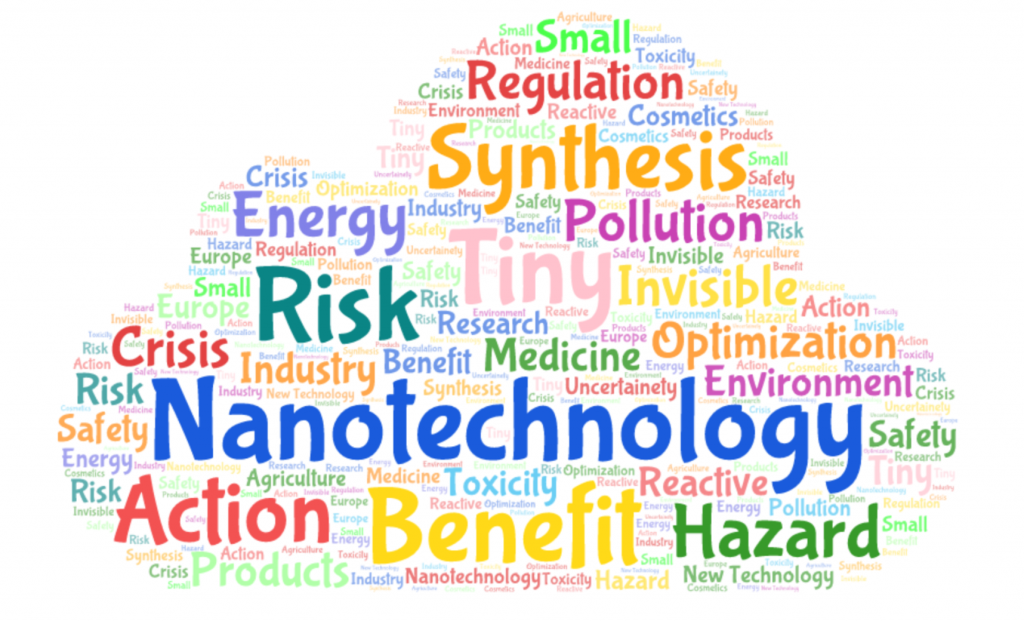
“Research on nanotechnology must assess both its possible benefits, as well as the potential risk of adverse effects in biological systems” – Pandora Fellows
NanoResearch aims to understand nanoparticle synthesis, applications, and effects. Within each of these categories there exist techniques and protocols that aim to shed light on the potential impact of nanotechnology.
Applications of nanotechnology are found in all aspects of modern life. Industrially produced NPs are found in paints, cosmetics, electronics, and many other products, or as byproducts of manufacturing. Medically, NPs are increasingly used due to their diverse and easily manipulated optical and physical properties. For example the are applied in diagnostics (pregnancy tests), drug delivery and vaccinations (adjuvants). Environmentally, NPs are widely used in remediation (water-oil), as nanofertilizers, and as pesticides. In order to assess NP interactions with living systems an array of models can be used, ranging from plants and invertebrates to mammals.
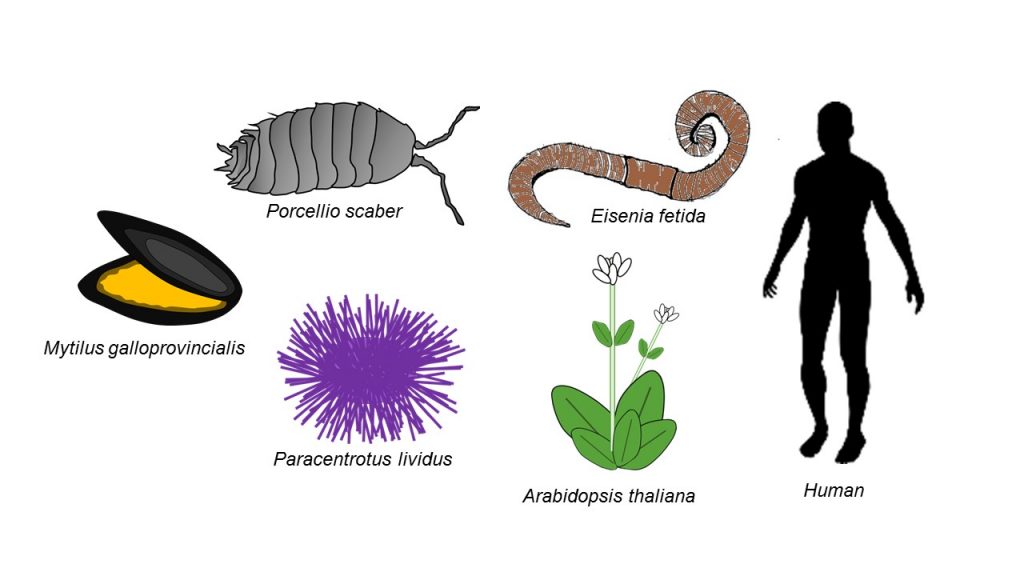
© Mayall, Auguste 2019
While human is studied for understandable reasons, invertebrates and plants are of great interests in quality of environmental sensors but also for their role in human food industry.
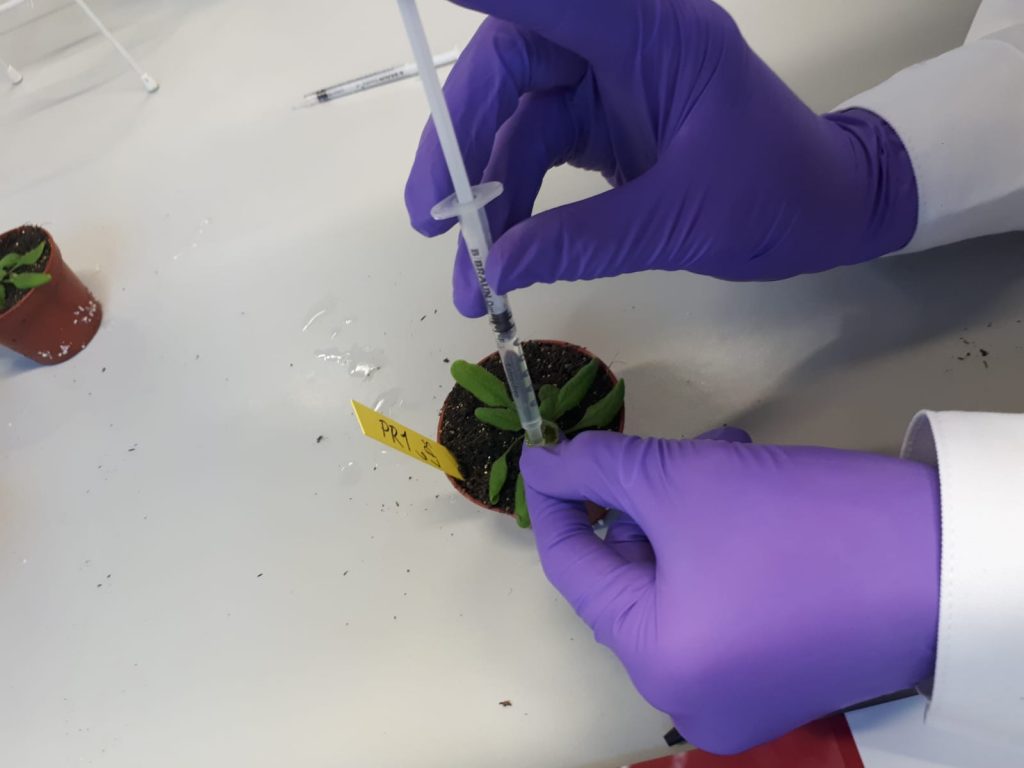
© Swartzwelter, 2019
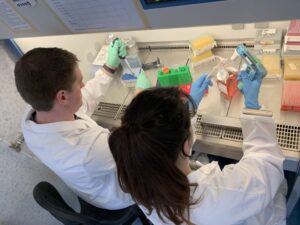
© Swartzwelter, Auguste 2019
Nanoparticles can interact with living organisms and the environment at many different levels. For this reason several different approaches must be used to have a wide overview of potential risks and benefits carried by the use of this new technology.
Biological effects on these models are assessed at different levels ranging from the small world of molecules (genes, metabolism, cell communication) to the whole organisms (survival, reproduction, organ function) reaching even the ecosystem via population studies.
Since often we are dealing with a world where most of the action happens at the nanoscale, very sensitive instruments and precise protocols must be used to obtain robust and meaningful data. One of the favourite methods both for scientists and the public is microscopy, because it allow us to see directly, with our own eyes, this hidden world.
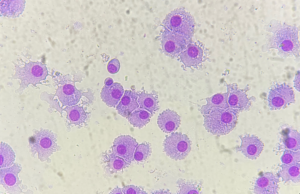
© Michelini, Swartzwelter, 2019
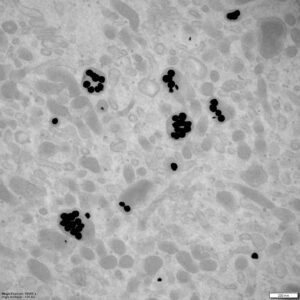
© Swartzwelter, CNR, 2019




